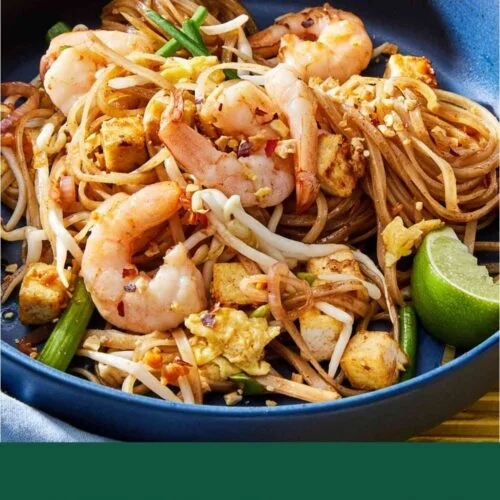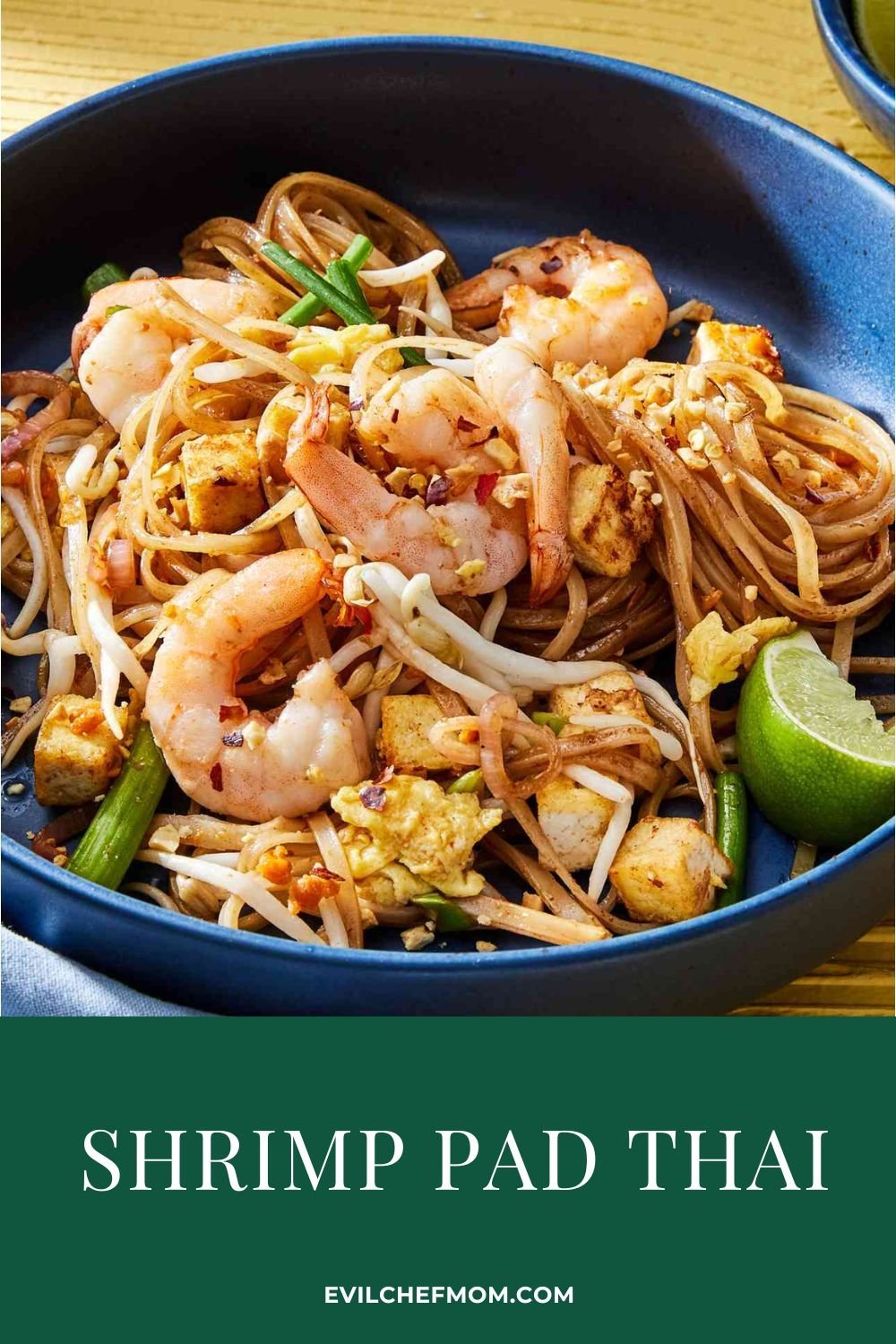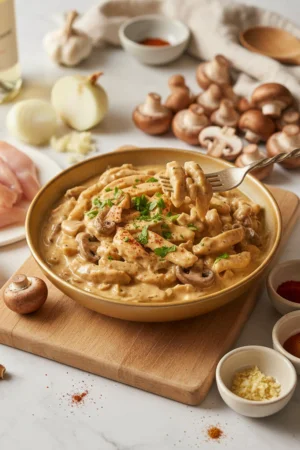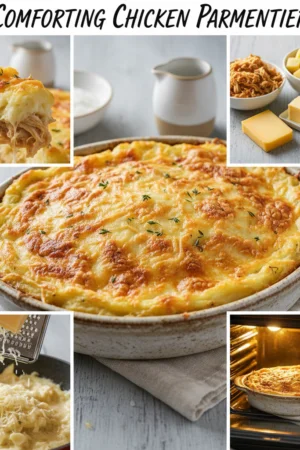This iconic Thai recipe features rice noodles stir-fried in a wok with a sauce that strikes the perfect balance of tangy, salty and sweet. Along with the noodles, pad thai typically includes a mix of ingredients such as shrimp, tofu, scrambled eggs, bean sprouts and a handful of aromatics like garlic, shallot and scallions. The sauce in this recipe features tamarind paste, which adds a decisively tangy flavor that’s balanced with palm sugar. Tamarind paste pairs beautifully with sweet ingredients. Mix any leftovers into cocktails, make a chutney, or drizzle it on fruit.

Shrimp Pad Thai
Ingredients
- 8 ounces dried medium rice noodles
- 7 tablespoons canola or grapeseed oil divided
- 3 tablespoons palm sugar or granulated sugar
- 1 tablespoon water
- 3 tablespoons fish sauce
- 2 tablespoons tamarind paste
- 1 teaspoon paprika
- 6 ounces raw shrimp 21-25 count, peeled and deveined
- 7 ounces water-packed firm tofu drained and cubed (1/2-inch)
- 1 medium shallot thinly sliced
- 4 cloves garlic minced
- 3 scallions white and light green parts thinly sliced, dark green parts cut into 2-inch lengths, divided, plus more thinly sliced for serving
- 2 large eggs lightly beaten
- 1 cup bean sprouts
- 2 tablespoons sweet preserved daikon radish minced (optional)
- 1/4 cup crushed roasted peanuts
- Crushed red pepper to taste (optional)
- Lime wedges for serving (optional)
Instructions
- Soak rice noodles in a large bowl of warm water for 30 minutes. (Alternatively, prepare noodles according to package directions.) Drain well; drizzle with 1 tablespoon oil and toss well so they don’t stick.
- Meanwhile, combine sugar and water in a small saucepan. Cook over low heat, stirring constantly, until the sugar is dissolved and the mixture begins to caramelize, about 2 minutes. Remove from heat. Stir in fish sauce, tamarind paste and paprika. Set aside.
- Heat 2 tablespoons oil in a flat-bottom wok or large deep nonstick skillet over medium-high heat until just smoking. Add shrimp in an even layer and cook, without stirring, until the edges turn pink, about 20 seconds. Flip and cook until the shrimp are pink and fully cooked, about 30 seconds more. Remove the pan from the heat and transfer the shrimp to a clean plate.
- Return the pan to medium-high heat; add 2 tablespoons oil and tofu. Cook, stirring, until the tofu is golden, 2 to 3 minutes. Remove the pan from the heat and transfer the tofu to the plate with the shrimp.
- Wipe the pan clean and add 2 tablespoons oil. Heat over medium-high heat until just smoking; add shallot, garlic and scallion whites. Cook, stirring, until fragrant, about 30 seconds. Add the noodles; cook, stirring for 30 seconds. Add the sauce and gently fold to coat the noodles. (Taste a noodle—if it’s undercooked, add 1/4 cup water to the pan and cook, covered, over medium heat, until the water has evaporated.)
- Push the noodles to one side of the pan. Add the remaining 1 tablespoon oil to the empty space and add eggs (see Note, below). Cook, stirring, until just set, about 2 minutes, then toss into the noodles.
- Add the shrimp and tofu, bean sprouts, preserved radish (if using) and scallion greens to the noodle mixture; gently mix until combined. Top with peanuts. Garnish with crushed red pepper and more scallion greens and serve with lime wedges, if desired.





